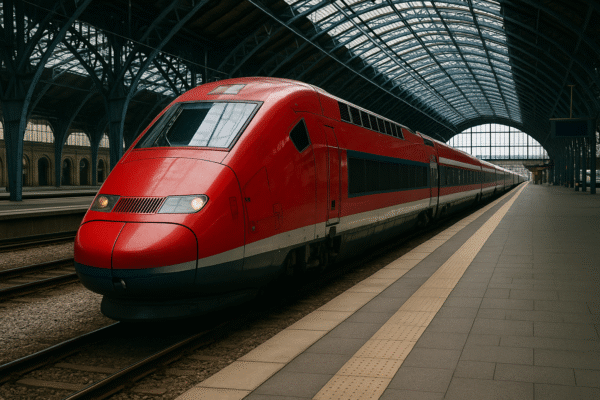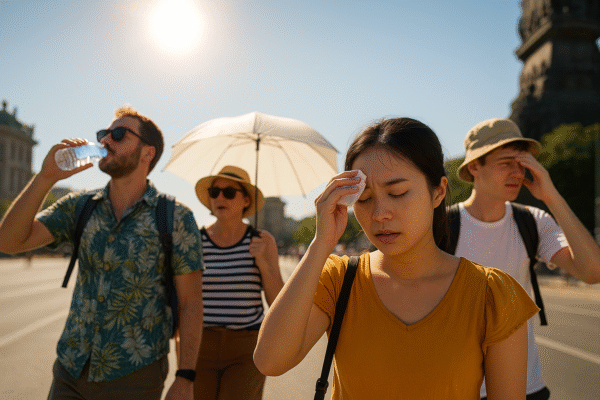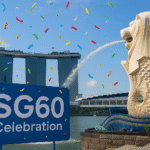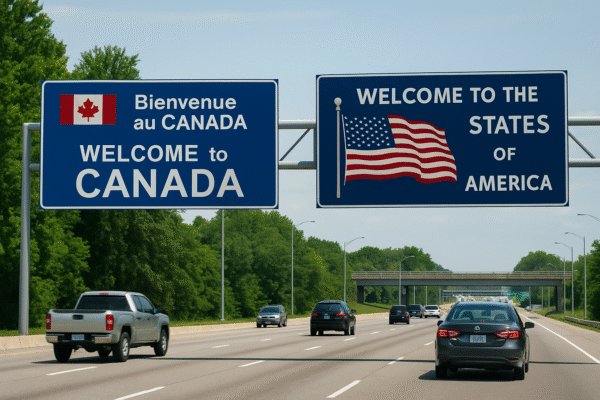In a landmark move expected to boost regional tourism and cultural diplomacy, India has officially reinstated tourist e-visas for Chinese citizens after a five-year suspension. Announced by the Indian Embassy in Beijing on July 24, 2025, the decision marks a pivotal turning point for India’s inbound tourism strategy, especially in the wake of declining Chinese arrivals due to COVID-19 and geopolitical frictions.
The resumption opens the doors for a revitalized flow of Chinese tourists to India’s historic landmarks, spiritual hubs, and wellness retreats, particularly those along the Buddhist circuit.
Diplomatic Reset Fuels Tourism Opportunity
Tourist e-visas for Chinese nationals had been halted in 2020 amid the pandemic and increased border tensions. In 2019, India welcomed approximately 340,000 Chinese visitors, contributing significantly to tourism revenue. However, by 2023, that number had plummeted to just over 30,000.
With diplomatic ties gradually warming and COVID-19 restrictions lifted globally, the Indian government’s decision signals both an economic and political reset. China’s Ministry of Foreign Affairs lauded the move as a “positive step” toward restoring people-to-people exchanges.
E-Visa Process Simplified for Chinese Nationals
Chinese tourists can now apply online through India’s official visa portal and complete biometric verification in-person at visa centers in Beijing, Shanghai, and Guangzhou. This streamlined process aims to remove bureaucratic hurdles and encourage inbound travel.
The Ministry of Tourism, along with Indian tour operators, is rolling out Mandarin-language travel apps, brochures, and digital guides to cater to Chinese travelers. Customized itineraries highlighting Buddhist heritage, Ayurveda wellness, and iconic Indian destinations are also in development.
Top Indian Destinations Set for a Revival
The return of Chinese tourists is expected to invigorate a variety of locations that have long relied on international travel, particularly from East Asia. Key destinations include:
- Bodh Gaya (Bihar): Site of Buddha’s enlightenment.
- Sarnath (Uttar Pradesh): Where Buddha delivered his first sermon.
- Nalanda: An ancient Buddhist university attracting spiritual scholars.
- Jaipur & Thanjavur: Heritage cities known for architecture, art, and temples.
- Kerala, Uttarakhand & Goa: Popular for wellness, yoga, and Ayurveda tourism.
These areas stand to benefit from renewed visitor flows and increased demand for cultural and spiritual tourism packages.
Projected Growth and Economic Impact
According to estimates by the Ministry of Tourism, over 200,000 Chinese tourists are expected to visit India by the end of FY 2025–26. Each visitor spends an average of ₹1.5 lakh per trip, benefiting homestays, guides, handicraft vendors, and hospitality providers in tier-2 and tier-3 cities.
India’s inbound tourism from China accounted for 2.7% of foreign arrivals in 2019. If current projections hold, Chinese tourism could reclaim and surpass that figure within the next two years.
Industry Readiness and Infrastructure Initiatives
To fully leverage the tourism rebound, India is emphasizing:
- Language Accessibility: Hotels and tourist centers are hiring Mandarin-speaking staff, adding bilingual signage, and introducing QR-coded menus.
- Technological Upgrades: Travel platforms like MakeMyTrip and Ixigo are working on enhancing Chinese-language support and localized content.
- Cultural Training: Service providers are being trained to understand Chinese etiquette, food preferences, and group travel dynamics.
- Government Support: The Ministry’s Swadesh Darshan and PRASHAD schemes continue to fund infrastructure development in Buddhist and heritage zones.
Kailash Mansarovar Yatra: A Symbol of Reconnection
In June 2025, India resumed the Kailash Mansarovar Yatra via Lipulekh (Uttarakhand) and Nathu La (Sikkim) routes—an important pilgrimage for Chinese Buddhists and Hindus alike. The revival of this journey has added momentum to broader tourism normalization between the two countries, with Chinese pilgrims now eligible to apply under the reinstated e-visa regime.
Indian Tourism Startups Eye Chinese Market
The Chinese travel segment is increasingly seen as a prime opportunity by Indian startups specializing in wellness, eco-tourism, and luxury circuits:
- Tour operators are designing niche packages targeting younger Chinese travelers interested in yoga, vegan cuisine, and digital detox experiences.
- Hospitality tech firms are creating AI-driven language bots to assist tourists across hotels and airports.
- Handicraft collectives and artisans in rural destinations like Madhya Pradesh and Rajasthan are preparing for renewed market exposure.
Challenges and Future Pathways
Despite the promising outlook, challenges remain. India must scale up its capacity to provide a comfortable, culturally intuitive experience for Chinese tourists. This includes:
- Expanding Mandarin availability across museums, transportation hubs, and emergency services.
- Upgrading digital tourism tools, including mobile payment compatibility with Chinese platforms like Alipay and WeChat Pay.
- Developing Buddhist circuits in partnership with ASEAN and China, with coordinated marketing campaigns through the Incredible India platform.
Conclusion: Toward a New Era in India–China Tourism
The revival of India’s e-visa system for Chinese travelers is more than a policy change—it is a strategic move that may redefine regional tourism flows. By embracing linguistic, cultural, and technological inclusivity, India can re-establish itself as a premier destination for Chinese tourists.
With strong infrastructure investments, government-backed spiritual tourism campaigns, and private sector innovation, India is poised to regain its stature in the Chinese outbound market, reigniting the long-standing civilizational and tourism link between the two Asian giants.
For more travel news like this, keep reading Global Travel Wire






















